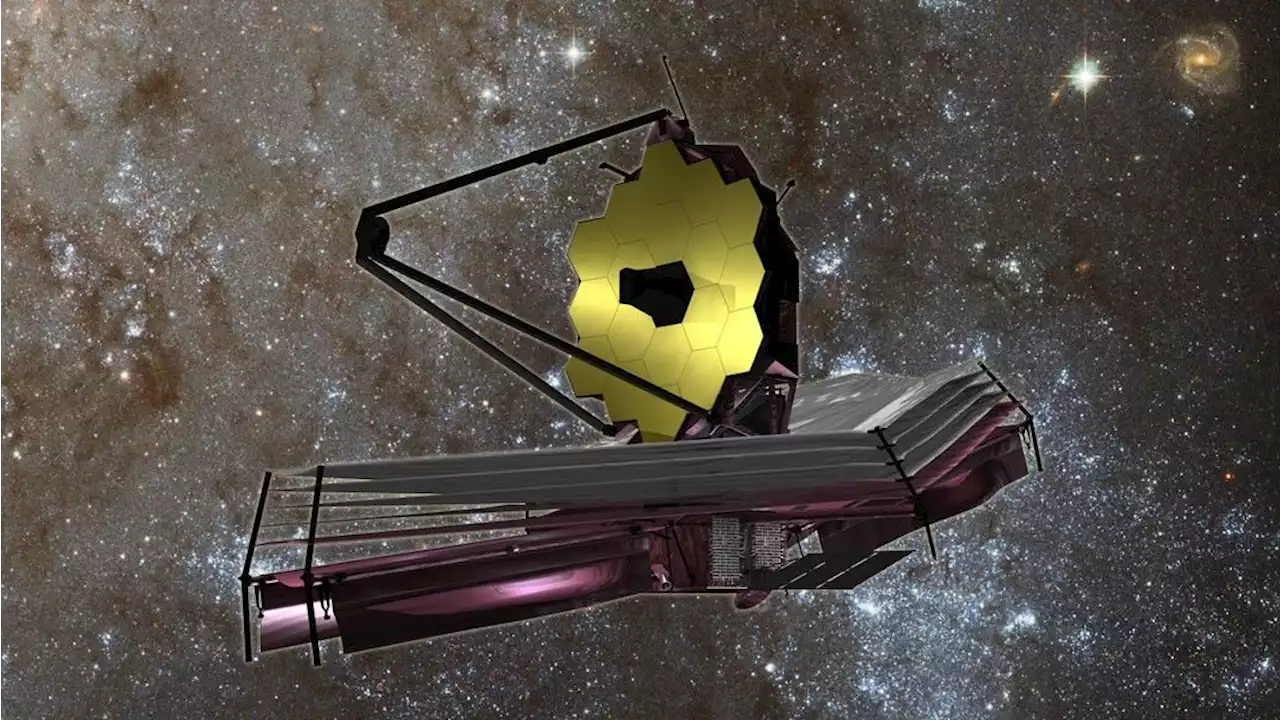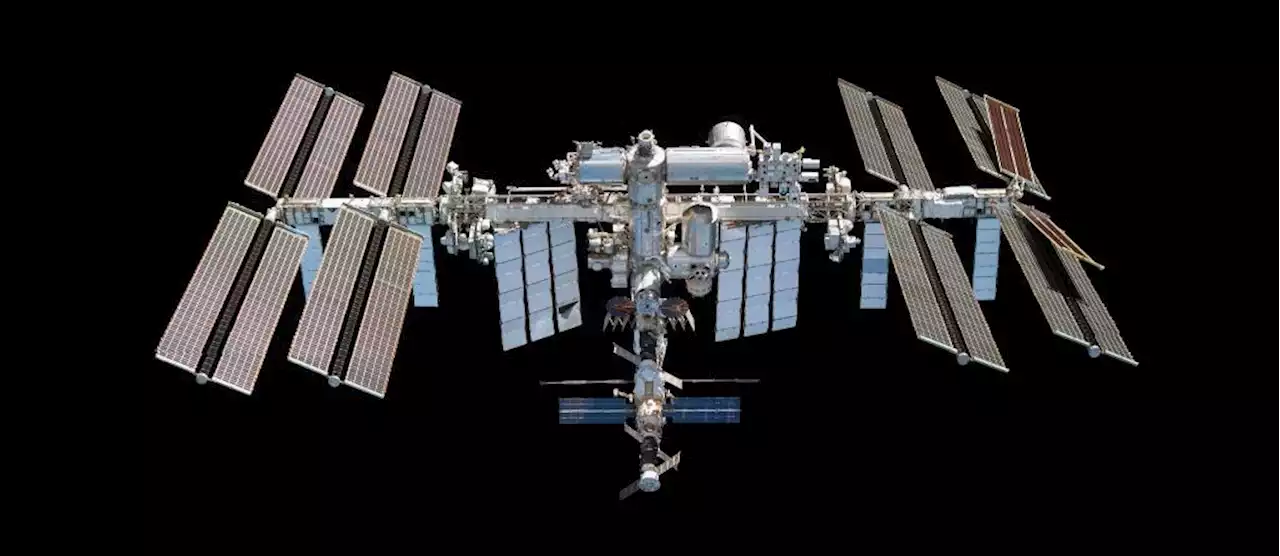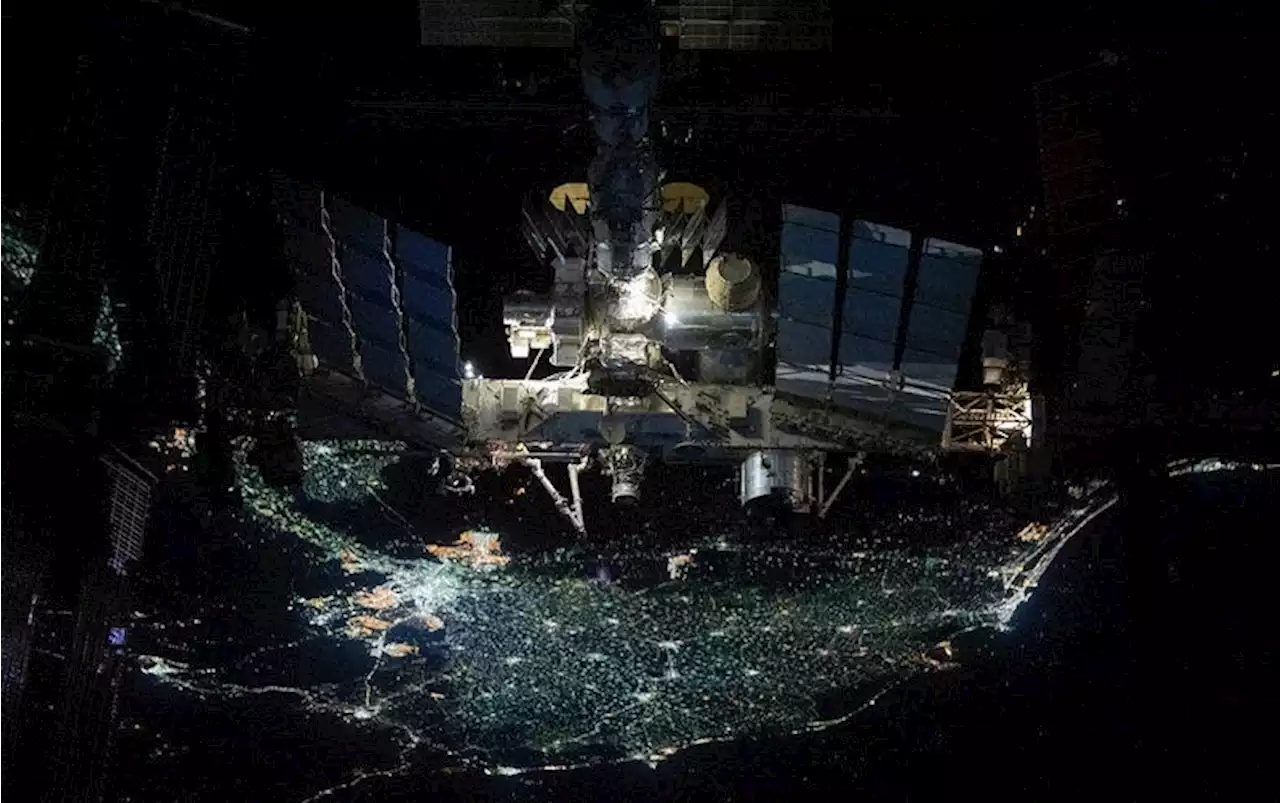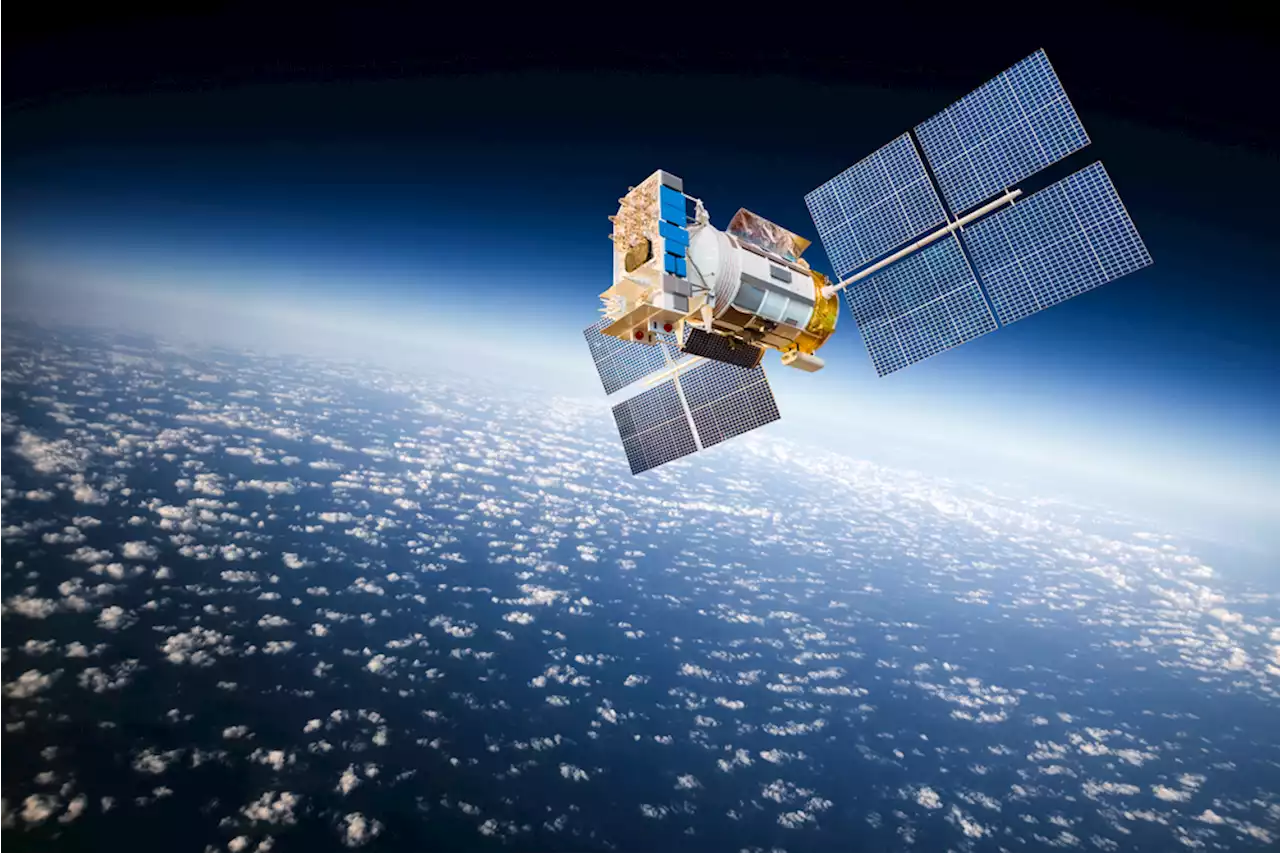A relatively new realm of archaeology uses technology to take the discipline out of the dirt and into the skies.
when his team found remnants of a settlement. He set out to find the edge of it, only to discover that what they thought was a small village was actually a city with an area of 10 square miles. Fisher realized that it would take the rest of his career just to survey the site.
The technology made quick work of surveying the Purépecha city. In 45 minutes of scanning, lidar was able to gather data that would have taken decades using traditional methods. The resulting 3D plot points detailed houses, roads and pyramids. Fisher, it turned out, still had a lot of career left.The basic idea is not new.
Mink works in the Grand Canyon in areas that are highly regulated, so it can be hard to get in and survey. The technology creates new access. “Satellite images can help us find locations where there might be pueblos,” he says. Being able to see beforehand exactly where you need to dig can also save time and money, both of which are scarce resources in archaeology.
United States Latest News, United States Headlines
Similar News:You can also read news stories similar to this one that we have collected from other news sources.
 NASA hopes James Webb Space Telescope will unlock secrets of 'super-Earths' and hot rocky worldsThe observatory will focus on planets we sometimes can't find close to home.
NASA hopes James Webb Space Telescope will unlock secrets of 'super-Earths' and hot rocky worldsThe observatory will focus on planets we sometimes can't find close to home.
Read more »
 NASA Space Place Art Challenge! | NASA Space Place – NASA Science for KidsWhat do you think a superhero powered by the Sun would look like? Draw us a picture and tell us all about them for a chance to be featured by NASASpacePlace. After all, a super star needs a superhero:
NASA Space Place Art Challenge! | NASA Space Place – NASA Science for KidsWhat do you think a superhero powered by the Sun would look like? Draw us a picture and tell us all about them for a chance to be featured by NASASpacePlace. After all, a super star needs a superhero:
Read more »
 ‘Cosmic mystery’: Object found in space emitted radio bursts every 18 minutes“We've discovered something completely new, and I'm thrilled that the universe can still surprise us like this,” said Dr. Natasha Hurley-Walker, the team's lead researcher.
‘Cosmic mystery’: Object found in space emitted radio bursts every 18 minutes“We've discovered something completely new, and I'm thrilled that the universe can still surprise us like this,” said Dr. Natasha Hurley-Walker, the team's lead researcher.
Read more »
 NASA Details Its Plan for the End of the International Space Station in 2031 - Universe TodayNASA says it plans to plunge the vestiges of the International Space Station into a remote part of the Pacific Ocean known as Point Nemo in early 2031, after passing the baton to commercial space stations. In an updated transition report just delivered to Congress, the space agency detailed the endgame for the space station, … Continue reading 'NASA Details Its Plan for the End of the International Space Station in 2031'
NASA Details Its Plan for the End of the International Space Station in 2031 - Universe TodayNASA says it plans to plunge the vestiges of the International Space Station into a remote part of the Pacific Ocean known as Point Nemo in early 2031, after passing the baton to commercial space stations. In an updated transition report just delivered to Congress, the space agency detailed the endgame for the space station, … Continue reading 'NASA Details Its Plan for the End of the International Space Station in 2031'
Read more »
 The top 5 deep-space objects to look for in the winter night skyJoe Rao is Space.com's skywatching columnist, as well as a veteran meteorologist and eclipse chaser who also serves as an instructor and guest lecturer at New York's Hayden Planetarium. He writes about astronomy for Natural History magazine, the Farmers' Almanac and other publications. Joe is an 8-time Emmy-nominated meteorologist who served the Putnam Valley region of New York for over 21 years. You can find him on Twitter and YouTube tracking lunar and solar eclipses, meteor showers and more. To find out Joe's latest project, visit him on Twitter.
The top 5 deep-space objects to look for in the winter night skyJoe Rao is Space.com's skywatching columnist, as well as a veteran meteorologist and eclipse chaser who also serves as an instructor and guest lecturer at New York's Hayden Planetarium. He writes about astronomy for Natural History magazine, the Farmers' Almanac and other publications. Joe is an 8-time Emmy-nominated meteorologist who served the Putnam Valley region of New York for over 21 years. You can find him on Twitter and YouTube tracking lunar and solar eclipses, meteor showers and more. To find out Joe's latest project, visit him on Twitter.
Read more »
 NASA Plans a Fiery End for the International Space Station by 2031The International Space Station’s final nine years are going to be busy. NASA just released a report outlining the big-picture goals for the rest of the orbiting lab’s operational life, which is expected to end with a controlled deorbit in January 2031.
NASA Plans a Fiery End for the International Space Station by 2031The International Space Station’s final nine years are going to be busy. NASA just released a report outlining the big-picture goals for the rest of the orbiting lab’s operational life, which is expected to end with a controlled deorbit in January 2031.
Read more »
